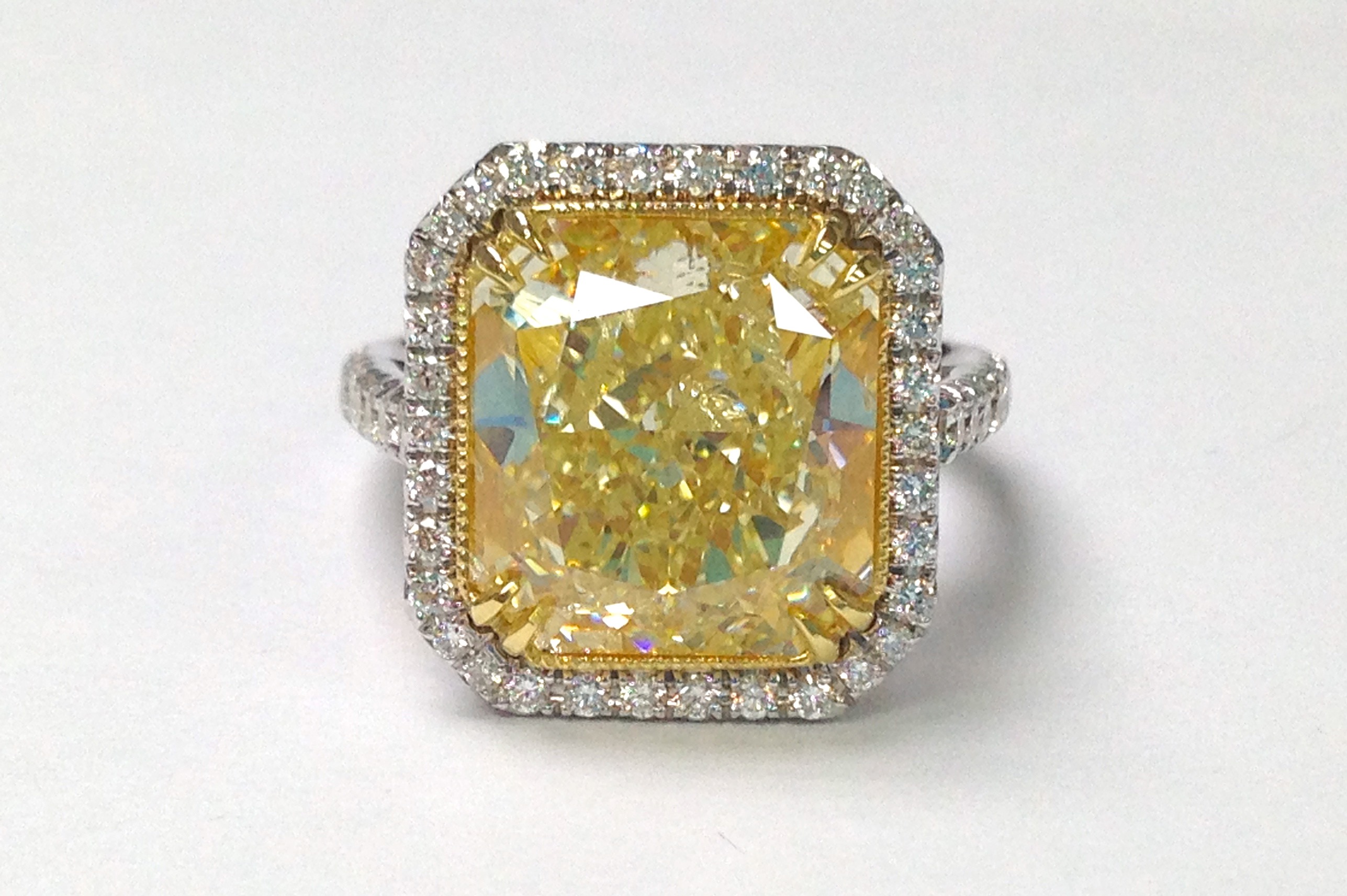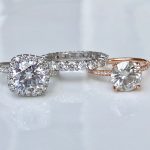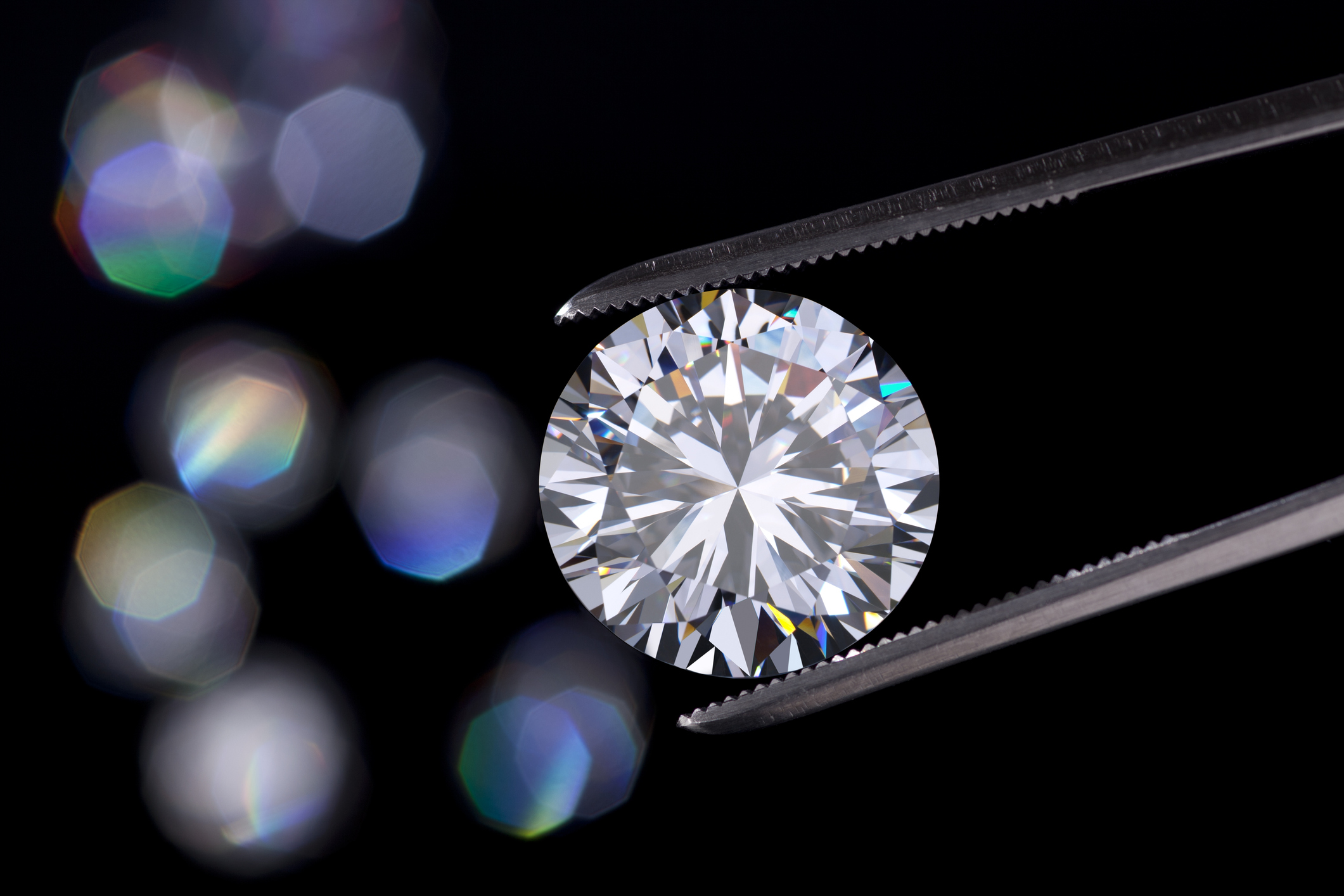
A Quick Guide to Colored Diamonds and How They’re Made
Colored diamonds are enjoying a surge of popularity these days, regularly earning strong sales and record-setting auction bids for the rarest, most vivid specimens. Highly valued for their appearance, these gemstones come in a range of colors, from pinks and yellows to purples and browns. But what makes these diamonds so special? Here’s how colored diamonds earn their hues.
How colored diamonds are made?
Just like classic, colorless “white” diamonds, colored diamonds are formed out of highly organized carbon exposed to intense pressure and heat deep within the Earth. However, there’s one notable difference: with colored diamonds, an extra step is added to this method. Sometimes, foreign particles are trapped in the stone during the crystallization process. These trace metals change the outcome, resulting in gemstones of different hues and intensities depending on the material and amount trapped in the diamond. Other times, radiation or a unique combination of pressure and heat can distort the crystal lattice, affecting the gem’s ability to reflect certain types of light.
What materials cause the different colors?
- Brown, red, and pink diamonds
Intense pressure and heat from underground alters the creation of the crystal lattice of these gemstones. This lattice “defect” changes the way it absorbs green light, making the stone reflect a pink or red hue to our eyes.
- Orange and yellow diamonds
Nitrogen is the cause of these diamonds’ stunning hues. During the formation process, atoms of nitrogen arrange themselves in a way that causes the absorption of blue light, and a yellow color is produced.
- Gray and blue diamonds
These stones owe their unique color to the element boron. If this trace material is present, it will react with the carbon during the crystallization process, creating a gemstone that absorbs red, yellow, and green light—and reflects blue or a light “gray” back to our eyes.
- Green diamonds
These types of diamonds are unique in that they may not get their color until the very end of their creation! When an existing diamond deposit is exposed to radioactive rocks, the resulting diamonds reflect a green hue, absorbing red and yellow light.
- Purple diamonds
For scientists, these diamonds are still something of a mystery. The current theory holds that crystal distortion is the cause for their rare hue, but the presence of hydrogen during the time of creation may also play a factor.
Highly prized for engagement rings, earrings, and more, these vibrant gemstones come in a wide spectrum of hues and intensities. Given their popularity, it’s no surprise that there’s a high number of stunning colored diamond engagement rings for sale at any time, or that these unique gemstones continue to captivate buyers today.
Sorry, the comment form is closed at this time.










